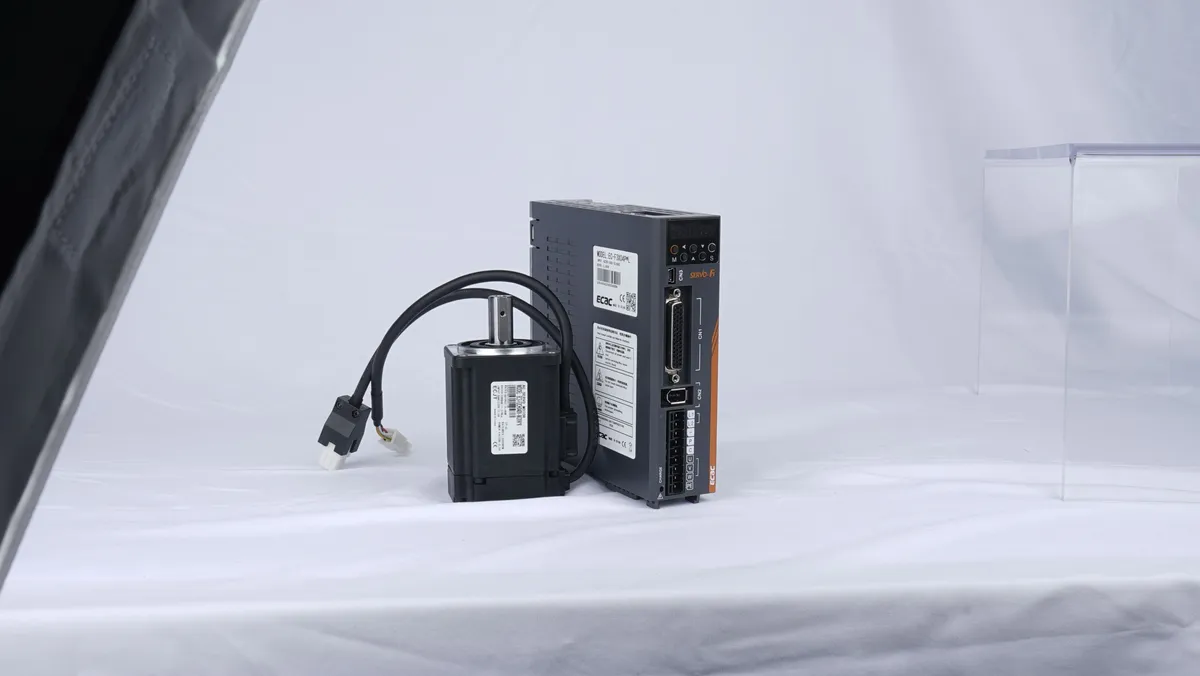
How do I control an AC servo motor?
Control an AC servo motor using a feedback control system that adjusts the voltage and frequency of the AC signal based on position, velocity, and acceleration information from a feedback device.
Servo motors, especially AC servo motors, play a vital role in a number of industry applications such as robotics, CNC machinery, and automation systems. Their precise control makes them ideal for these applications. In this paper, we will delve into the complexities of controlling AC servo motors and explore methods of controlling AC servo motors.
Servo Control Basics
Servo control is the process of regulating the position, speed, and acceleration of a servo motor. The servo controller is the key component in this process. It is an electronic device that receives signals from the user and adjusts the power delivered to the motor accordingly to achieve precise control of speed and position. A typical servo control system consists of a controller, a feedback device, and the servo motor itself.
Feedback mechanisms
Feedback mechanisms are at the heart of any servo control system. In automation, a negative feedback mechanism is generally used, through which the system can correct any deviation from the desired position or speed. The most common feedback devices are encoders and resolvers.
An encoder generates a series of electrical pulses that correspond to the position of the motor. Incremental encoders provide relative position data, while absolute encoders provide information about the exact position of the motor over its range of rotation. A resolver is an analog device that uses a resolver to measure the position of a motor rotor. Although they are more complex than encoders, they are more durable and can withstand harsher environments.
Conclusion
The exact steps and equipment required to control an ac servo motor may vary depending on the particular application and the manufacturer of the motor and associated components, in addition to a firm grasp of control theory. While this may seem difficult, it can also lead to excellent control results.



Leave a Comment